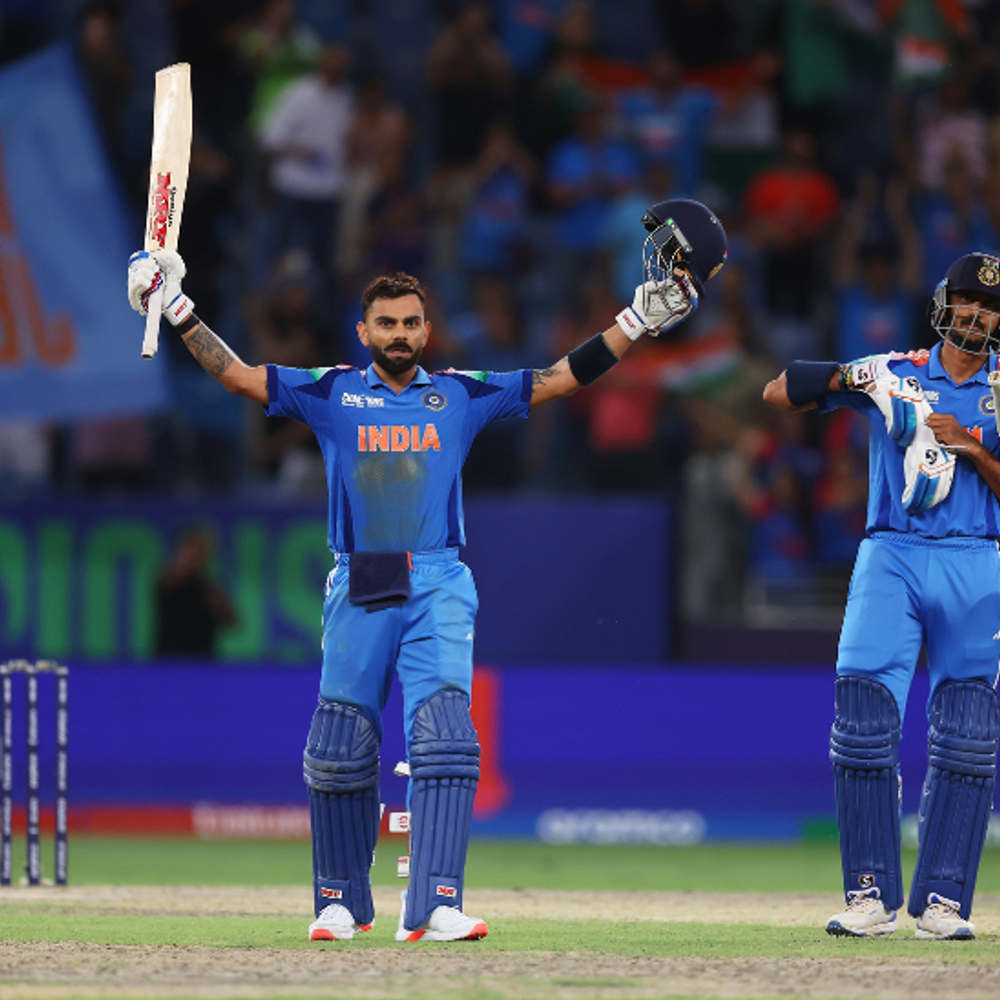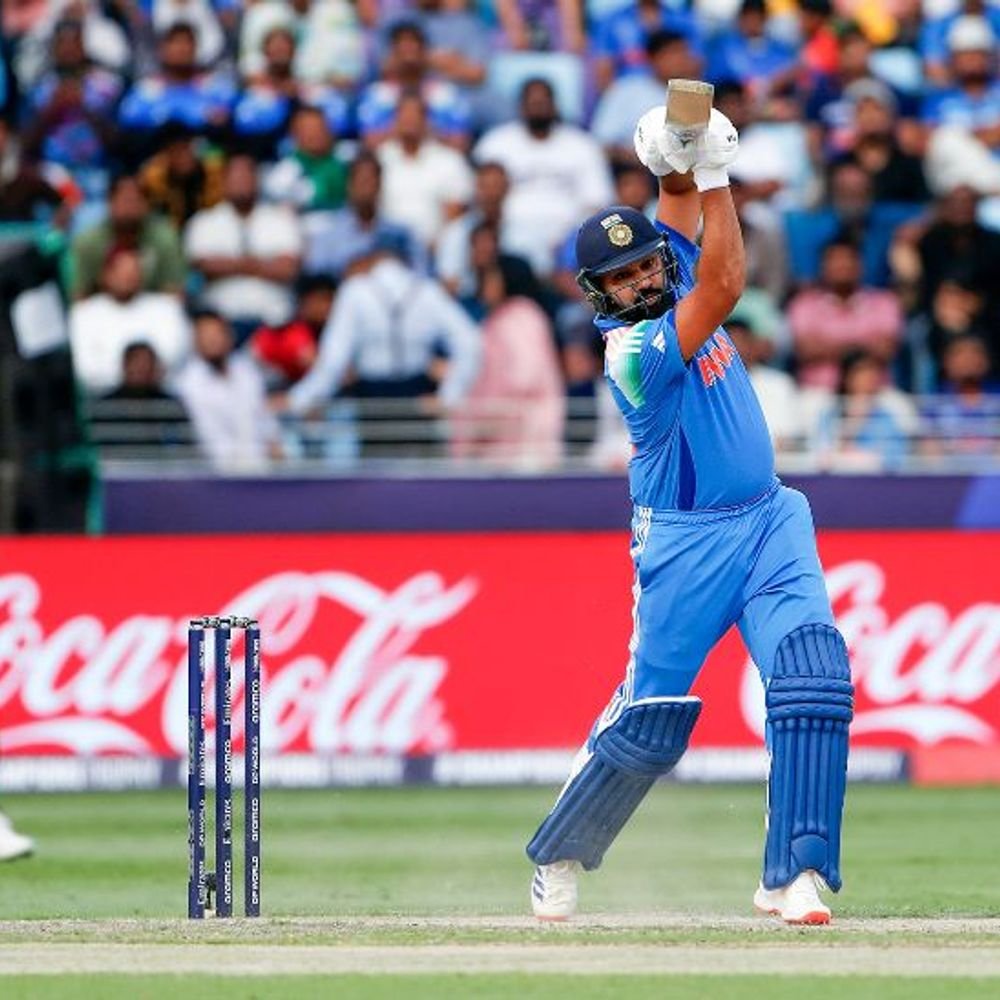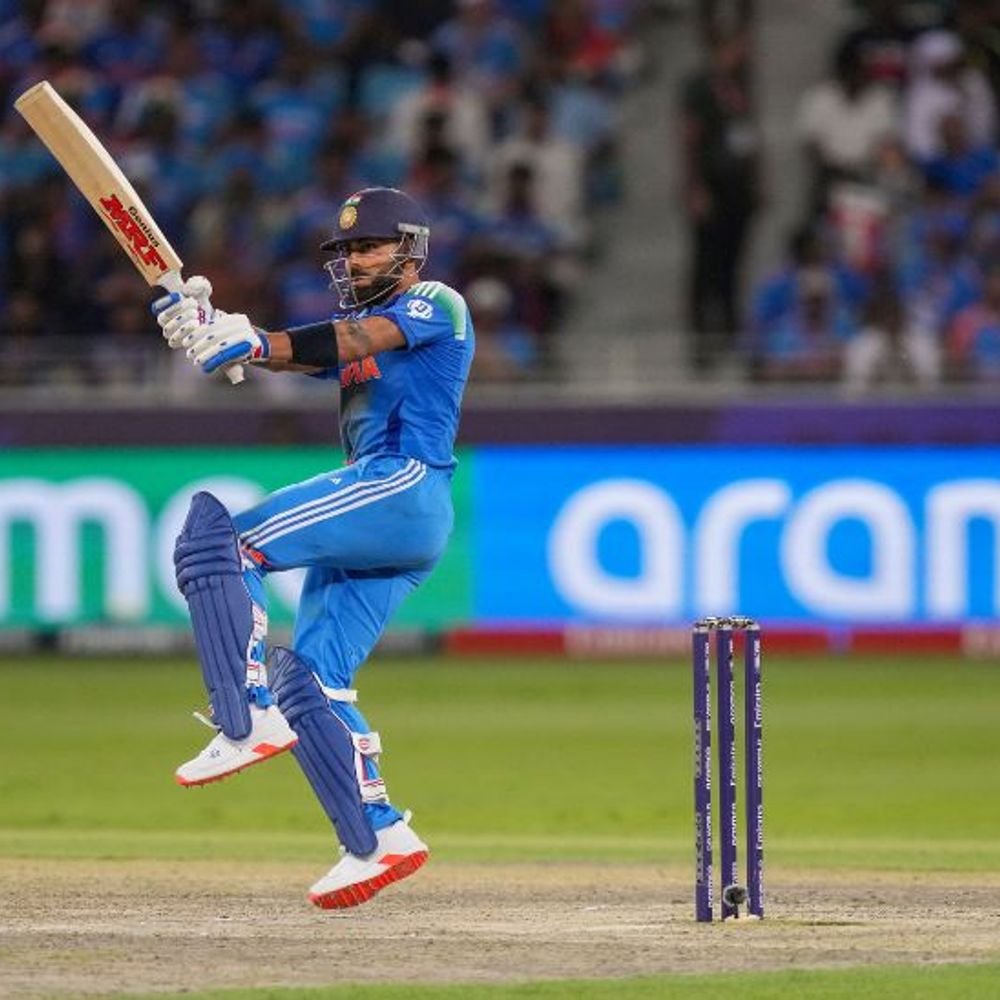The Reserve Bank of India (RBI) may announce a repo rate cut after its bimonthly monetary policy committee meeting on Friday. If that happens, it will be the first time the central bank will change its hawkish stance since the monetary tightening began during the post-Covid recovery period. While the RBI has recently held the view that conditions weren’t favourable for a rate cut, what the bank sheds insight into the prevailing situation will be instructive. This development comes amid concerns regarding decreasing consumption and sluggish growth in the economy. In a report on Thursday, Emkay Global, a financial services company, emphasised the upcoming MPC policy is expected to deliver a 25 bps rate cut, but market attention is focused more on additional policy measures. The report says, the RBI continues its strategy of “stealth” easing through unconventional tools, including liquidity and regulatory measures. “To address stress in the non-sovereign money market, we anticipate another round of OMOs (Open Market Operations) worth ₹300 billion, with total OMOs exceeding ₹900 bn in FY25E. While a CRR cut is being considered, a temporary adjustment may not resolve underlying banking stress. Instead, easing of Liquidity Coverage Ratio (LCR) norms (from April 25) and lending standards might prove more effective,” says Madhavi Arora, chief economist at Emkay Global. What factors could be favouring a rate cut? Food inflation has dominated FY25 headline figures, while core inflation remained subdued due to demand slack. Recent data shows encouraging signs, with near-term food pressures easing across categories and January 25 inflation tracking below 4.5%, down from December’s 5.2%. “Q4FY25E inflation is expected to moderate to 4.4% compared to Q3FY25's 5.6%. Looking ahead, FY26 average inflation should ease to 4.5%, versus FY25’s 4.8%-4.9%. Our analysis suggests limited inflationary impact from consumption-focused measures,” says the report. Exchange Rate Management Global dynamics are significantly influencing RBI's rate decisions, particularly with mounting INR pressures, it notes. The central bank has adopted a more measured approach to INR defense, following substantial intervention in Q3FY25 (USD 110 billion in spot+forward markets). This marks a notable shift in currency management strategy, reflecting evolving market conditions. External Sector Investment Flows The policy framework appears to be moving toward allowing greater market determination of INR levels, potentially providing more monetary policy flexibility. Recent dollar weakness has created a favorable environment for emerging market currencies, including the INR, it notes. "India’s position appears relatively strong with limited foreign portfolio (FPI) debt exposure (3.0%) compared to peers like Indonesia (15%). Our market continues to attract primarily equity-driven FPI flows, influenced more by growth differentials than interest rate gaps, suggesting a more sustainable external position,” Arora stressed. Emkay expects more unconventional policy tools to address the current liquidity market stress. Watch out for more unconventional policy tools Anticipated Future Measures VRR: voluntary retention route; FX: foreign exchange CRR Cut CRR: Cash Reserve Ratio Alternative Solutions Growth Policy Challenges Despite the positives, the economic landscape shows concerning trends, with additional capital account easing expected via the Foreign Currency Non-Resident (FCNR) route. While policy tradeoffs are becoming less challenging, growth remains subdued with limited private sector participation. “We project FY25 growth at 6%, below both NSO (National Statistical Office) 6.4% and RBI’s 6.6% estimates, with only marginal improvement expected in FY26E. Though pockets of sequential growth are visible, we remain far from achieving sustainable growth momentum,” it adds.Original Article
RBI may cut repo rate by 25 bps on Friday:What factors could be favouring monetary easing? Here’s what experts say








